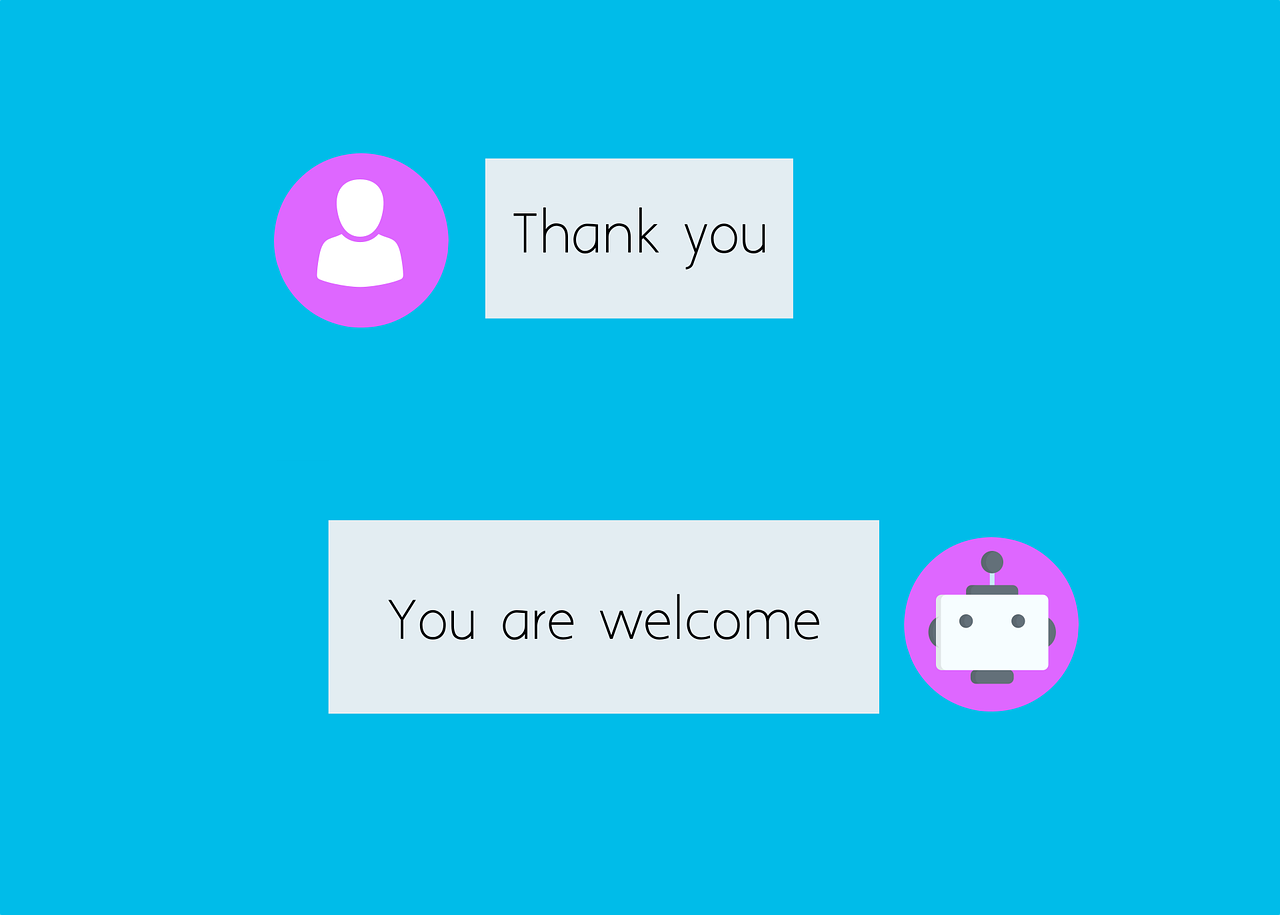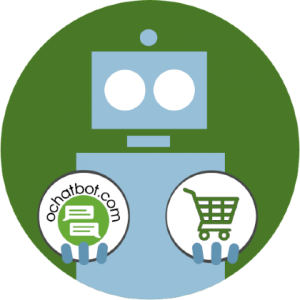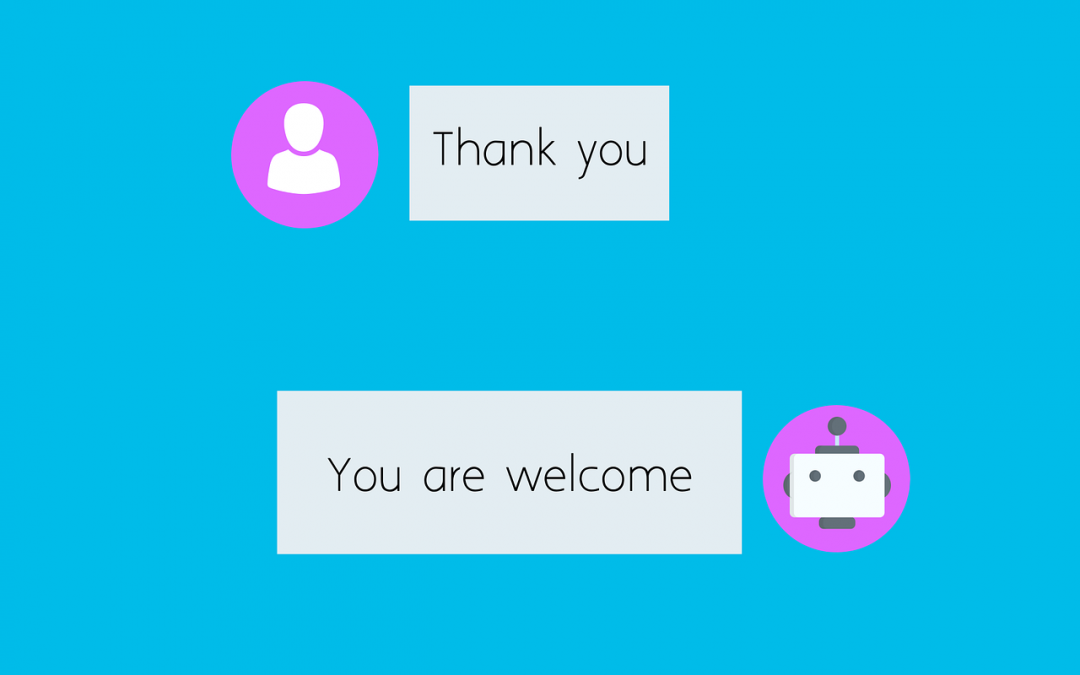Nowadays, technological advancements are skyrocketing and changing the way we live our lives.
Not only does technology impact businesses, but it has also become a crucial part of our everyday lives.
Two popular technologies are especially on the rise – chatbots and virtual assistants. However, people tend to mix them up a lot or argue over which one is better.
There is no clear answer, but we can walk through the characteristics of both of these programs and pinpoint exactly how they differ from one another, as well as what their advantages are.
Is one truly better than the other, or can they both be equally useful?
What is a Chatbot?
Chatbots are essentially intelligent programs that interact with users in a highly human-like manner. They do this via auditory and textual mediums.
In a set of various functions, these chatbots offer some of the most prominent: gathering and sharing relevant information such as customer contact details, providing instructions about task completion to the users, offering real-time customer support via a self-service portal, and scheduling appointments from a calendar. They can also assist the users in restoring their forgotten passwords.

What is a Virtual Assistant?
In a similar way, a virtual assistant is also a personal software-based agent programmed to help the users with their simple daily tasks.
As such, personal assistants also perform tasks such as helping the users check bookings, make calls, set alarms, send messages, automate workflows, and set reminders, as well as provide directions. They also come with personalized assistance in a human-sounding fashion.
Some of the most popular virtual assistants include Apple Siri, Google Assistant, Microsoft Cortana, and so on.
So, what is technically the difference between these two if they pretty much perform similar tasks and have an almost indistinguishable purpose?

The Difference between Chatbot and Virtual Assistant
Firstly, both of these programs are types of conversational interfaces. They both assist users with daily online tasks. However, their purpose and approach differ in several ways.
While a virtual assistant helps in conducting business, a chatbot provides customer support. So in order to use these two programs wisely, it is important for organizations to understand some basic and crucial differences between them.
Here’s exactly what makes them different from one another.
They Use Different Technologies
When it comes to chatbots, they are usually ML-powered, rule-based, or contextual.
In other words, chatbots usually operate at several different levels of complexity. They often use a set of already scripted and predefined answers, and we can build them on a decision tree where they interact via buttons to offer said answers.
ML-powered chatbots basically perform by understanding the customers’ input and requests. It takes them time to learn this pattern, but once they learn it, they can operate flawlessly.
On the other hand, AI chatbots or contextual chatbots solely rely on machine learning (ML), artificial intelligence (AI), and natural language processing (NLP) algorithms.
All of this combined helps them to continuously learn and acquire context so that they can engage in personalized conversations.
That is pretty much how chatbots function. They get some form of information input and then use it to interact with the users and help them navigate the website.
Virtual assistants do the same thing but at a higher and more advanced level. They use an advanced natural language understanding (NLU), allowing them to engage in even more personalized and natural-like human conversation.
They also utilize artificial emotional intelligence, which allows them to gain a better understanding of language commands.
In addition to that, virtual assistants constantly learn from these interactions, and they can gather relevant data and information from other online sources such as search engines like Bing and Google.
For this reason, SEO and artificial intelligence are much more closely connected than you would think.

Generative and Scripted AI to engage shoppers in conversational eCommerce.
Create happy customers while growing your business!
-
1 out of 4 shoppers make a purchase on average*
-
5% to 35% Increase in AOV*
-
25% to 45% Reduction in Support Tickets
WE GUARANTEE RESULTS!
They Display Different Levels of Intelligence
Considering the previous piece of information, it’s easy to conclude that these two programs don’t exactly have the same levels of intelligence.
Most of the chatbots, except for the contextual ones, are able to address programmed queries only. They can give short and direct answers to some of the most commonly asked questions and hold fairly short conversations.
Chatbots also tend to break down conversations into smaller sections. This helps them to have a structured and easy-to-process interaction that allows them to constantly gain more of the new context. For that reason, chatbots generally exhibit a lower level of intelligence.
While chatbots can only understand small sequences in the given context, virtual assistants can understand the semantics of human speech. This helps them hold longer and more human-like conversations that feel more real and genuine.
Virtual assistants can also perfectly understand human empathy, slang, and overall human sentiments that we as humans show through language and communication. The drawback of this program is that it can’t possibly gauge context uninterruptedly.
They Have Different Core Functionalities
People and organizations use these two programs for different reasons. That is why the core functionality of chatbots and virtual assistants drastically varies from one another.
Most companies use chatbots as a solution for their virtual interaction with customers.
Chatbots are there to assist businesses by providing the most efficient and professional interactions and experiences for their customers. They also assist companies’ marketing and sales teams.
By providing the customers with short and quick answers to their questions, chatbots save companies a lot of time that they would have otherwise had to use typing all of these answers on their own.
Overall, SEO ranking depends on the customer experience a company offers. The better and more efficient these interactions are between the company and its customers, the better their ranking is.
Hence, a lot of great local SEO agencies are there to help small local businesses reach their target audience as efficiently as possible.
Virtual assistants can also help businesses, but they are also used for personal operations. They are practically personal assistants that can carry out prolonged conversations and fulfill specific and very complex tasks.
Some of their functions that people use the most include giving updates about the current weather, reading out instructions, engaging in fun, casual conversations, giving directions out loud, and so on.
They are Based on Different Channels
Not only do these two programs operate differently and for different purposes, but they are also based on different channels.
The places where chatbots operate are usually websites, messaging applications such as Facebook Messenger and WhatsApp, support portals, and through various in-app chat widgets. They use a conversational user interface (CUI) in order to enable a chat-like form of interaction.
On the other hand, virtual assistants are integrated into devices like Amazon’s Echo and Google Home. They also operate on smartphones and other smart devices. While they do usually interact through auditory options and voice commands, they too can have chat-based interfaces.
Their Interfaces May Also Differ
Lastly, chatbots and virtual assistants can have completely different types of interfaces. Chatbots typically use a conversational user interface (CUI). This allows them to engage in chat-like communication with customers.
Unlike chatbots, virtual assistants have two available options. They can function through the chat-based interface, but they can also use voice commands, in which case they don’t require a visible interface.
Which One is Better: Chatbots or Virtual Assistants?

Now that we have gone through all of the essential differences between chatbots and virtual assistants, we can assess and examine their functionality and decide which one works best for us.
It’s highly important to understand their most crucial differences because they can help us choose the solution we need most suited to our needs and requirements.
We can’t essentially say that one is better than the other. In certain cases, the simple yet effective approach of a chatbot is what we need.
Maybe you will need quality assistance in handling commonly asked questions or providing quick and short feedback to your customers.
Maybe you’ll be looking into ways you can improve the overall customer experience and engagement on your business website. In that case, a chatbot is your best friend.
On the other hand, if you’re looking for ways to improve the practicality of your daily tasks, then a virtual assistant will help you. It will help guide you through your shopping list, tell you what kind of weather to expect throughout the day, and give you directions while you’re driving.
The best part about this program is that you don’t even have to look at your phone while interacting with it. Not only is this a much more convenient option, but it’s also a safer option in those cases when you can’t hold your phone and actively look at it (e.g., when you’re driving).
Conclusion
Overall, both of these two programs are here to help both companies and individuals in their everyday lives.
From handling mini tasks and answering questions all the way to helping you cook a new meal and handling your business and customer interactions, both chatbots and virtual assistants are amazing options that will surely help you out.
Just make sure you know what exactly you need them for so that you know which one to choose for different purposes.
Author Bio:
Nicole Kelly is from Raleigh, North Carolina, US. She is a young graphic designer with a passion for digital marketing and content writing. Actually, as she would say, she loves writing about digital marketing and business topics too! She’s currently part of the DigitalStrategyOne team where she continues improving her skills.
- 6 Proven Use Cases of eCommerce Chatbots For More Productivity - December 6, 2022
- 8 Steps to Create a Secure eCommerce Website - October 25, 2022
- 11 Best Chatbot Platforms You Should Check Out for eCommerce - October 11, 2022


